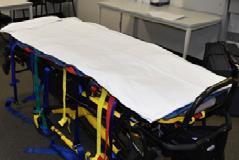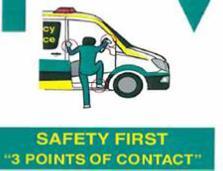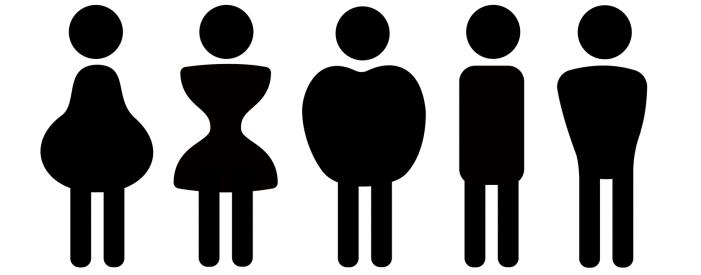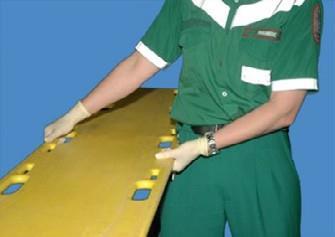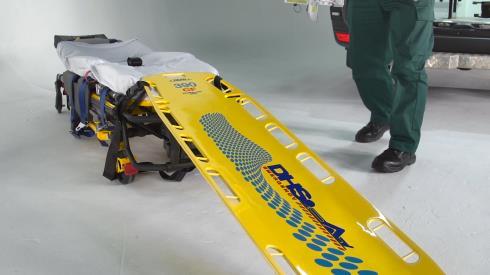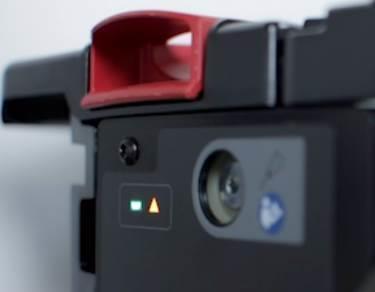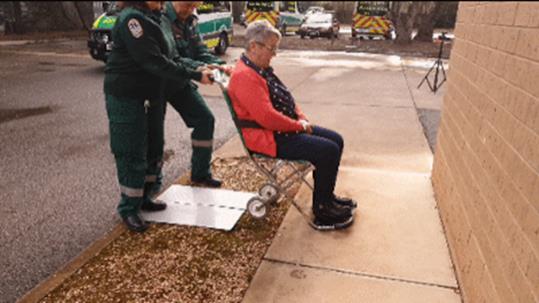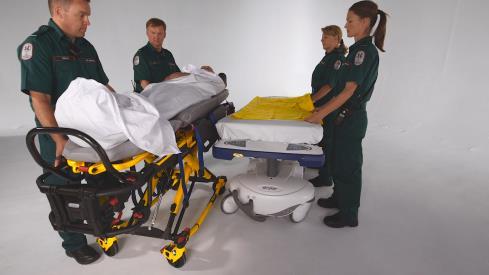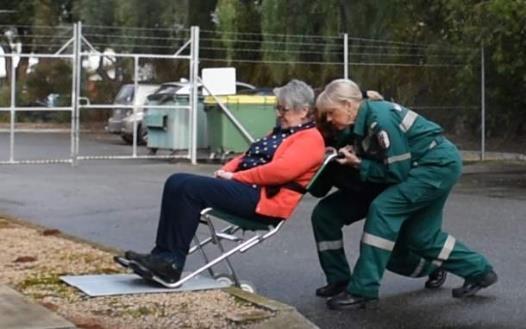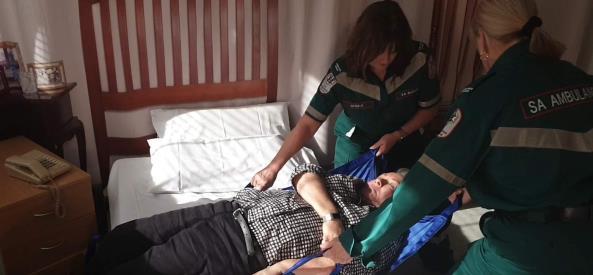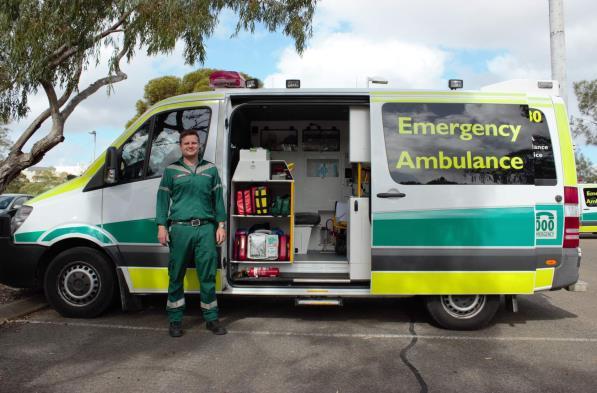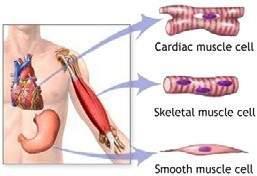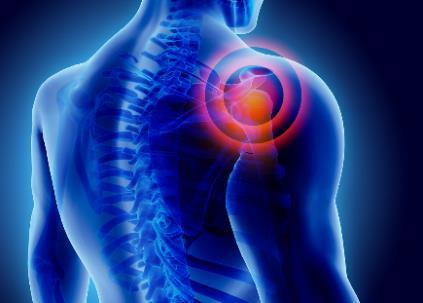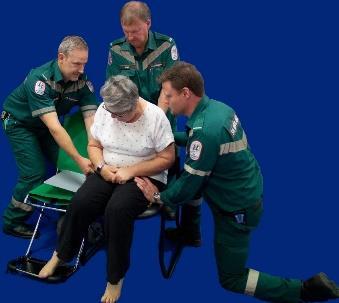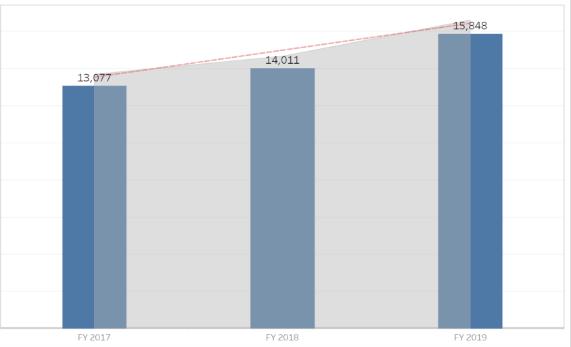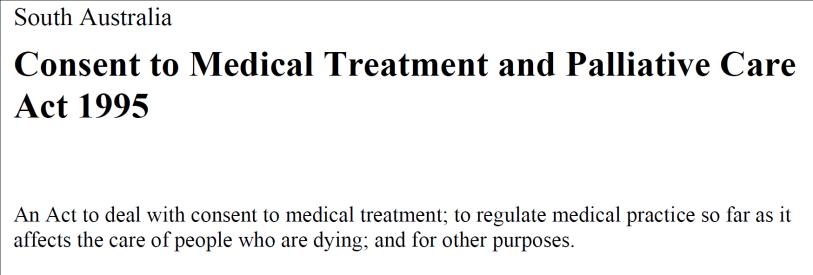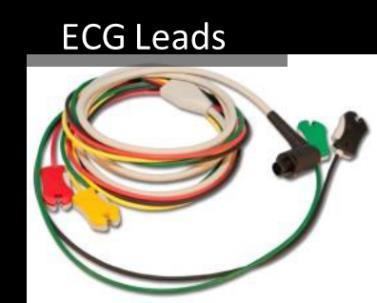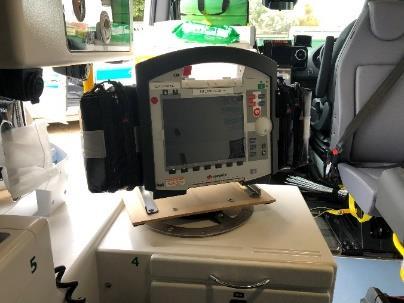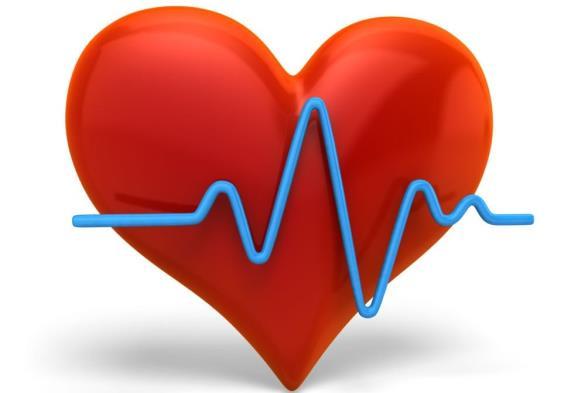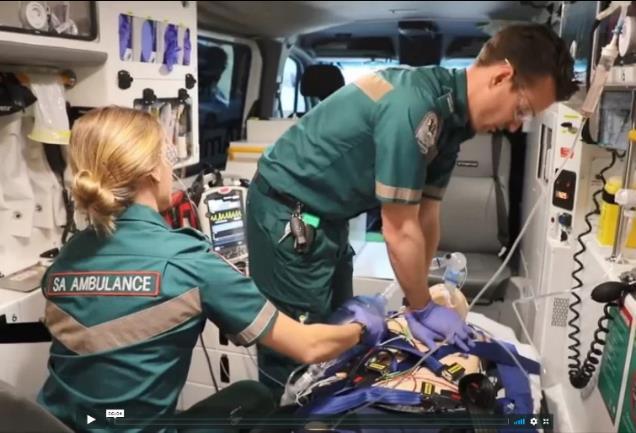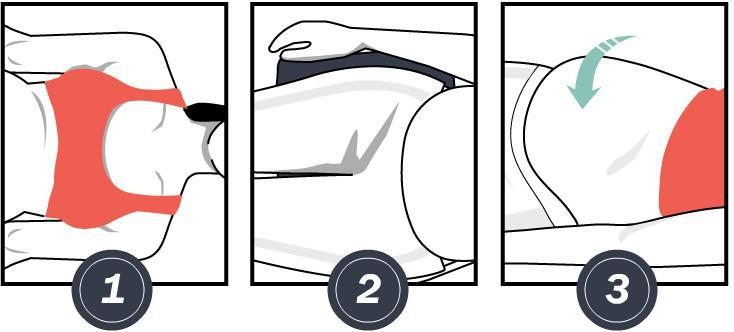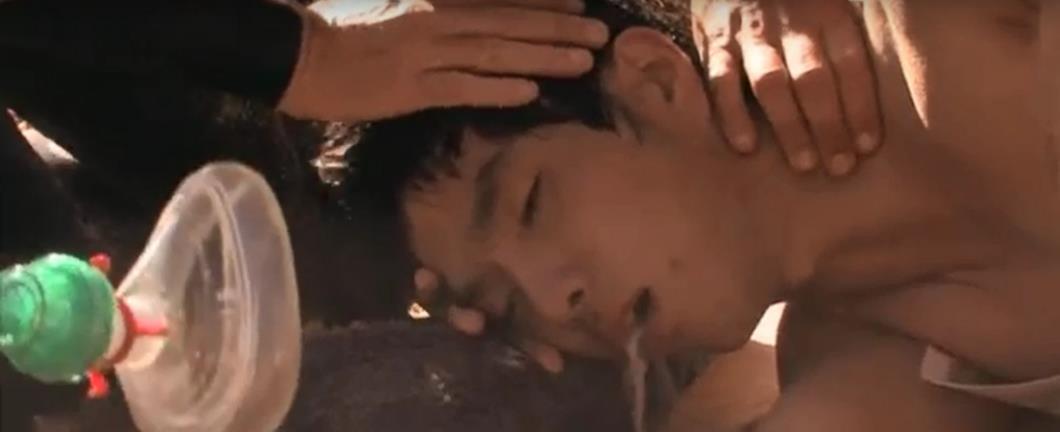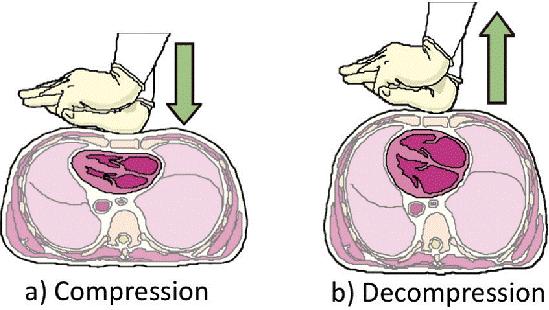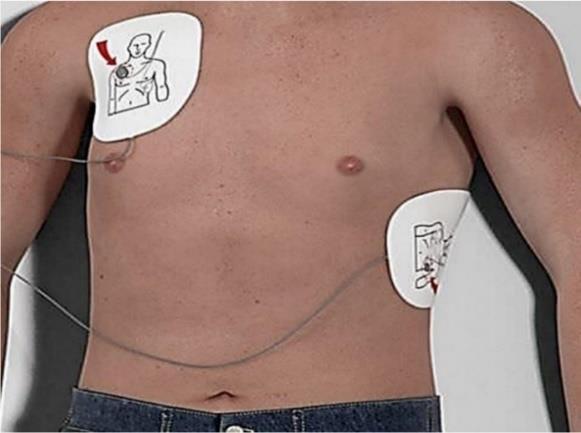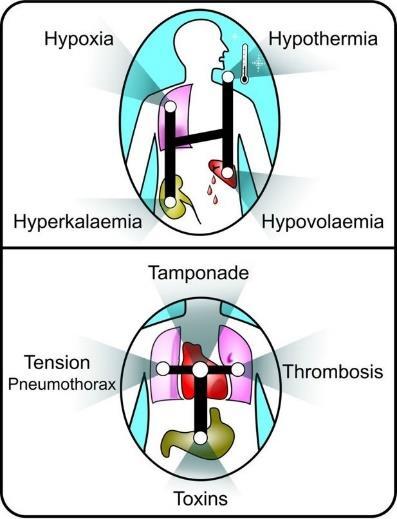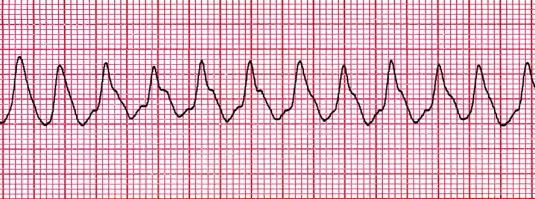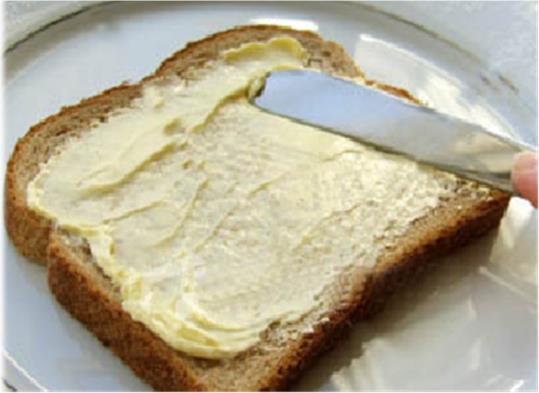OFFICIAL
>
Feet hip-width apart
>
Poke your bottom out
>
Maintain your natural spinal curves
>
Keep your toes pointing forward
>
Knees travel in the same direction as toes Video (0.41 mins): Sideways lunge https://vimeo.com/413814058/2f6a77420a
Forward/backward lunge
The forwards and backward lunges are similar to the sideways lunge as they also require a shift of body weight, with the legs providing power. The lunge itself is a lateral movement with the back remaining vertical and body weight moving evenly from one leg to the other. Feet should always remain firmly planted on the ground to maintain stability. >
Split stance with feet hip-width apart
>
Transfer of weight to move the load, don’t pull or push with the arms
>
Supinated for a backwards lunge
>
Pronated for a forward lunge Video (0.40 mins): Forward/backwards lung https://vimeo.com/413814460/ca377efc8c
Knight’s position
The knight’s position is used when manual handling requires working at a low level, such as when moving a patient from a chair to a compact carry chair. The posture requires resting on one knee with the front leg bent at 90 degrees. The upper arms are tucked in next to the body with the forearms parallel to the ground. Movement is made by pivoting through the knees with the back straight and the arms locked. The knight’s posture is similar to a proposal posture with the front foot flat on the ground and your front knee bent at 90 degrees. >
Front foot flat on the ground, knee at 90 degrees
>
The back leg kneels on the floor
>
Toe tucked under, can roll foot in for comfort
>
Never pull a load towards you in Knight’s posture Video (0.36 mins): Knights posture https://vimeo.com/413815143/46bd70aab6
Page 127
OFFICIAL
©

